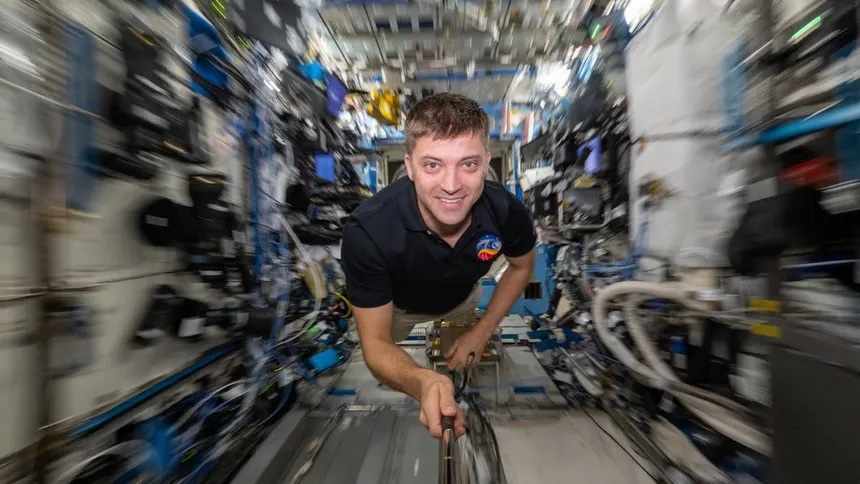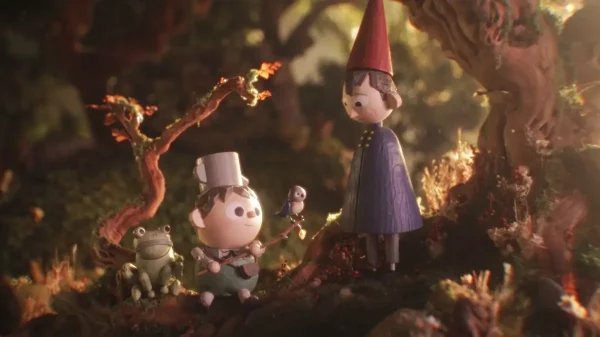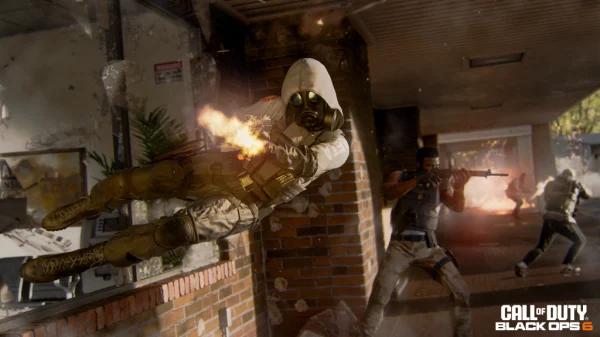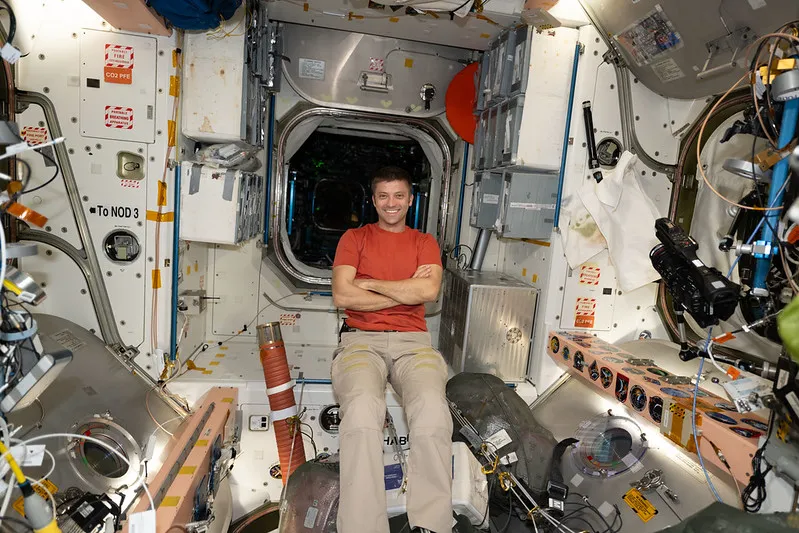In a groundbreaking endeavor, American astronauts Tracy C. Dyson and Matt Dominick are set to conduct NASA’s first spacewalk of 2024 at the International Space Station (ISS) to collect samples that may reveal whether microorganisms released through station vents can survive in the harsh microgravity environment. This historic spacewalk, expected to last around six-and-a-half hours, aims to shed light on the possibility of life existing in other off-Earth locations and provide insight into whether life discovered on Mars or other planetary bodies is indigenous or brought forth from Earth.
As part of the spacewalk, Dyson, identifiable by the red stripes on her suit, will take multiple samples from various vents and surfaces on the ISS, including the vacuum exhaust systems vent, carbon dioxide vent, and airlock. The samples will be collected using a microorganism handle attached to a caddy on her portable workstation, which will be seen in a recently released NASA animation. The animation showcases the intricate process, beginning with Dyson placing the microorganism handle in the caddy, going to the respective vents, and collecting the samples.
The spacewalk also involves retrieving a faulty communications equipment, a crucial task that will allow the astronauts to improve communication with Mission Control. This is the fourth spacewalk for Dyson and the first for Dominick, who arrived at the ISS in March for a six-month stay. NASA will broadcast a live stream of the entire spacewalk, featuring video footage from multiple cameras, including one attached to the astronauts’ helmets, as well as live commentary from Mission Control.

NASA Astronaut Matthew Dominick’s Mesmerizing Time-Lapse from the ISS
The findings from this spacewalk are expected to significantly contribute to the understanding of microbial life in space and its potential to contaminate planetary bodies visited on future missions. The analysis of the swabbed exterior surfaces will provide scientists with valuable insights into the ability of microorganisms to survive and thrive in the extreme conditions of space. This research has far-reaching implications for the search for extraterrestrial life, as it may help determine whether any life found on Mars or other celestial bodies is native to those environments or was transported from Earth.
The spacewalk is a testament to human ingenuity and the unwavering commitment to advancing our understanding of the universe. NASA’s pursuit of knowledge and exploration is a beacon of hope, inspiring future generations to push the boundaries of what is thought to be possible. As the world watches this historic spacewalk, we are reminded of the incredible feats accomplished by astronauts like Dyson and Dominick, who are pushing the frontiers of space exploration and redefining the limits of what we thought was possible.








































